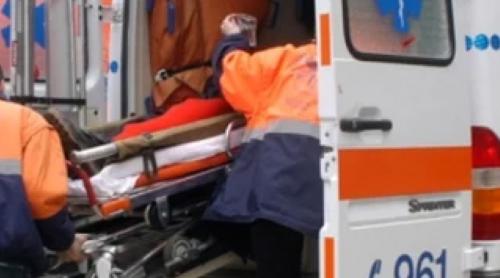
Romania will match in 2014 the exports of 2008, it is forecast in a strategy for re-industrializing the country which the Ministry of Economy put forth to public debate.
The strategy was drafted by the National Commission for Prognosis, which put the 2014 exports at 3.5 billion Euro and the GDP at 700 billion lei şroughly 165 billion Euroţ, from 500 billion lei in 2008.
Both exports and imports shrunk in 2009, by 22% and 36%, respectively.
The study provides a grim picture of Romania's current industrialization. After the massive privatization of companies in the early '90s, many industrial companies went bankrupt, and the weight of the industry in the overall GDP dropped one percentage point per year, bringing it now to 22%.
The research also found very few industrial clusters, meaning that companies are scattered over the country, same industry or related industries being not represented in any one region.
One such industrial cluster is located around the Renault investment at Mioveni, and a similar one will emerge once Ford achieves its target to build 300.000 car units per year in the city of Craiova.
Companies operating in such industrial clusters, even when competing, present the advantage of having access to specialized work-force in one place, to information relevant to the industrial sector and also to comparative terms for their costs and productivity levels. Also, SMEs have the chance to grow and cut costs, when operating in clusters.
However, the study found that in the past 20 years industrial clusters were not promoted, while industrial parks were, though the latter do not present the same advantages as the first. The only successful industrial park identified was the Nokia one, in Cluj County.
Local and central Romanian authorities do not offer support and when they do, they do not coordinate their efforts to attract investments in production units.
"Thus, the way to go would be not to seek any type of direct foreign investment, located anyplace, but to target certain industries, located in areas which allow a local network of upstream producers to develop, or which already have such a network in place, or that already invested in the same industry or related industries," the study found.
The reality on the ground does not leave room for optimism, though.
And the study picks the example of the Nabucco and South Stream gas pipe transportation projects. It says that no Romanian company will be able to get a contract for the building of the pipe-line, as pipe-makers in Romania do not offer anti-corrosion insulation mounted on the pipes in the works, as modern construction standards require.
Also, Romanian companies do not make innovation and technology edge their comparative advantage, but the low price of their products. This makes them vulnerable and unable to change.
At the same time, the EU funds could lay the foundation for developing the industry, but the authorities show no ability to adapt their moves to the country needs.
For instance, the Capital Risk Fund, which was supposed to provide to start-up companies 100 million Euro from EU funds, is blocked for the past three years.
At the same time, the Operational Programs developed for the 2007-2013 period are regarded as "mechanical instruments for absorbing the funds" with no attention given to competitiveness or productivity.
To cap it all, the study recommends Romania to use for transportation the Danube River, which is its widest highway so far, given the poor condition of the road system.
Translated by AAP












